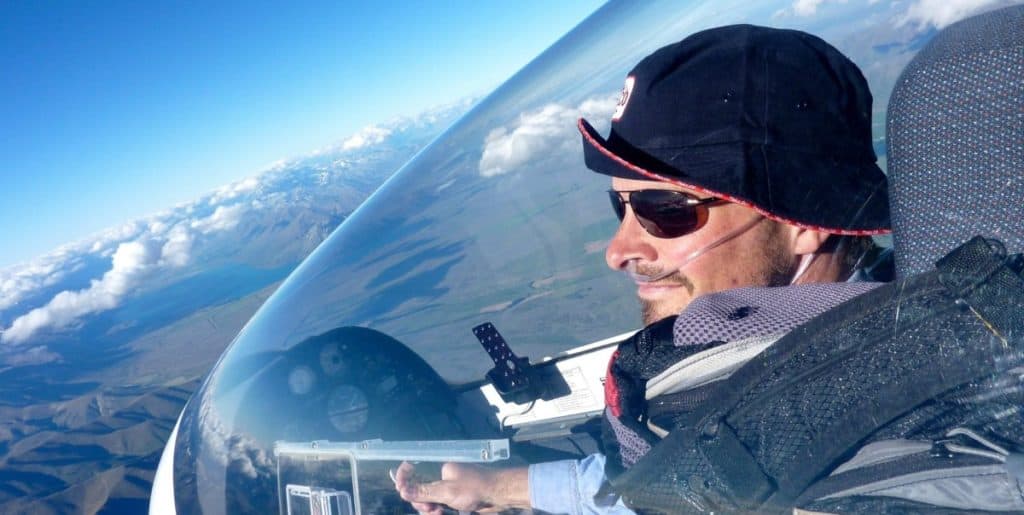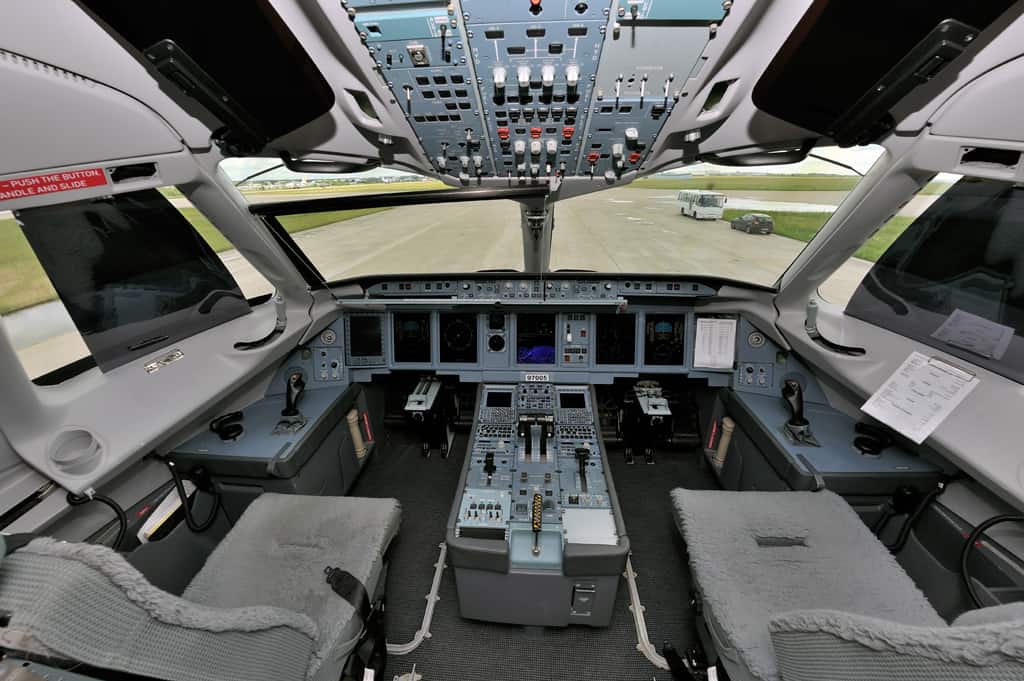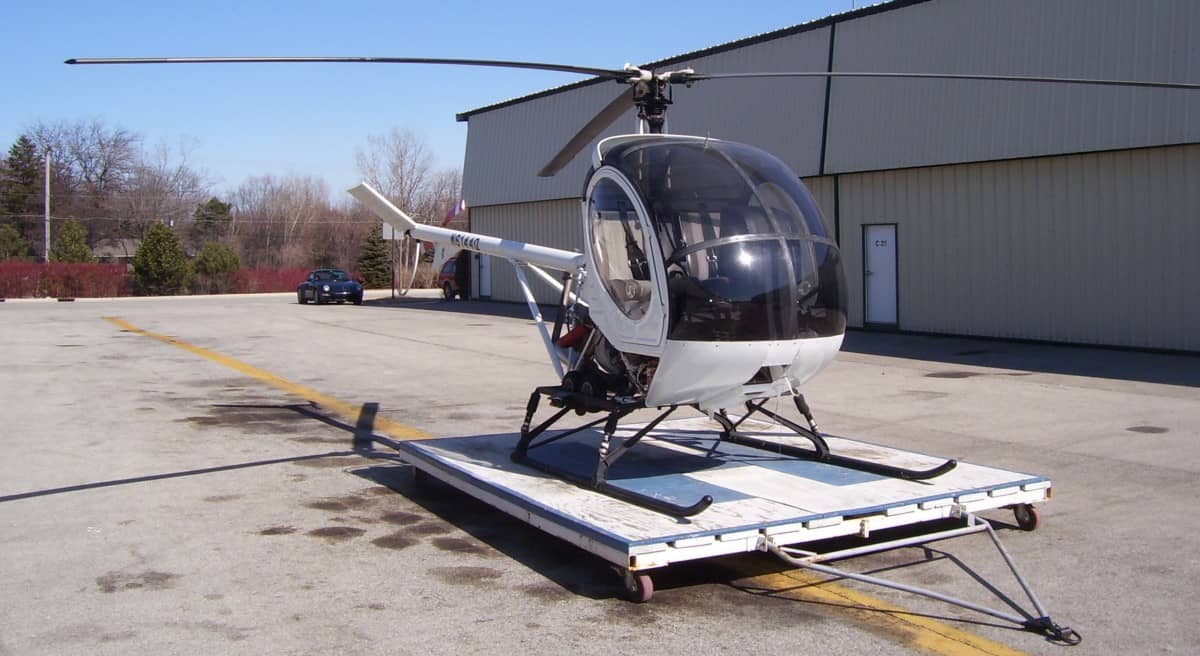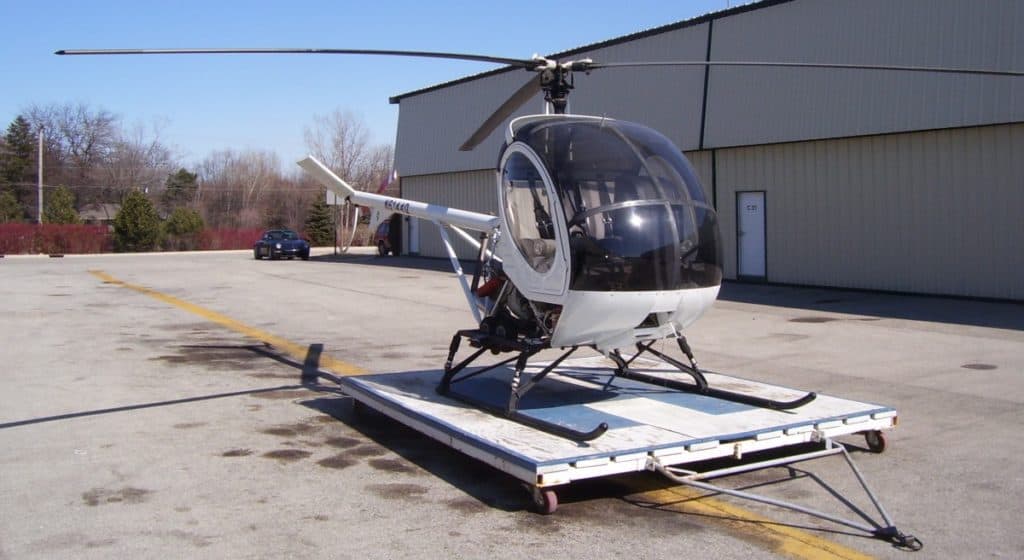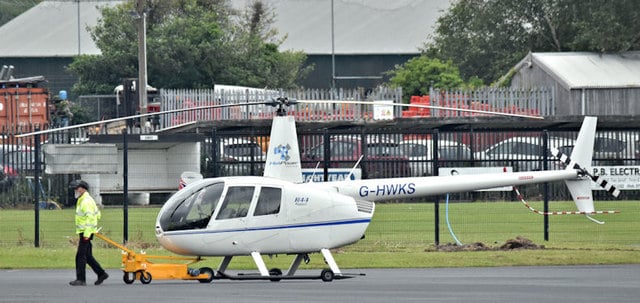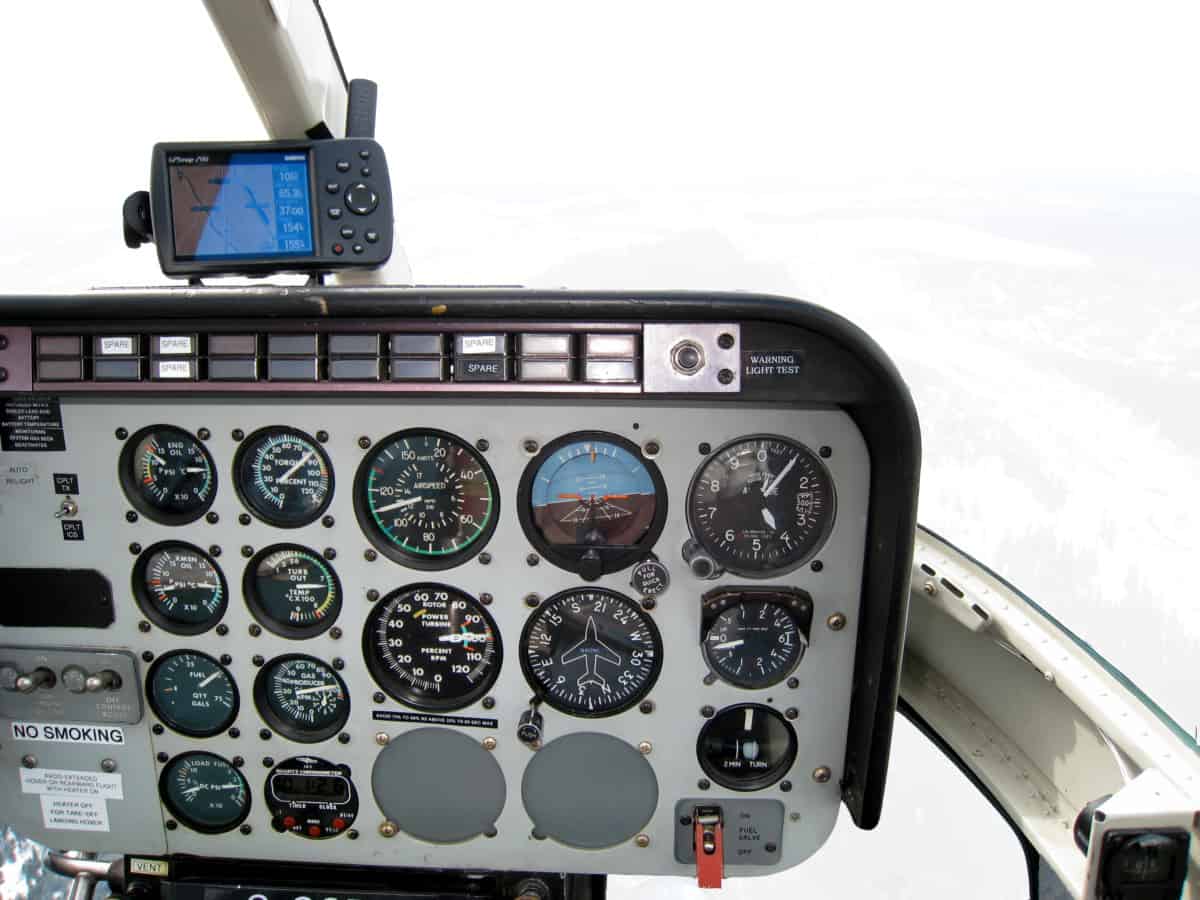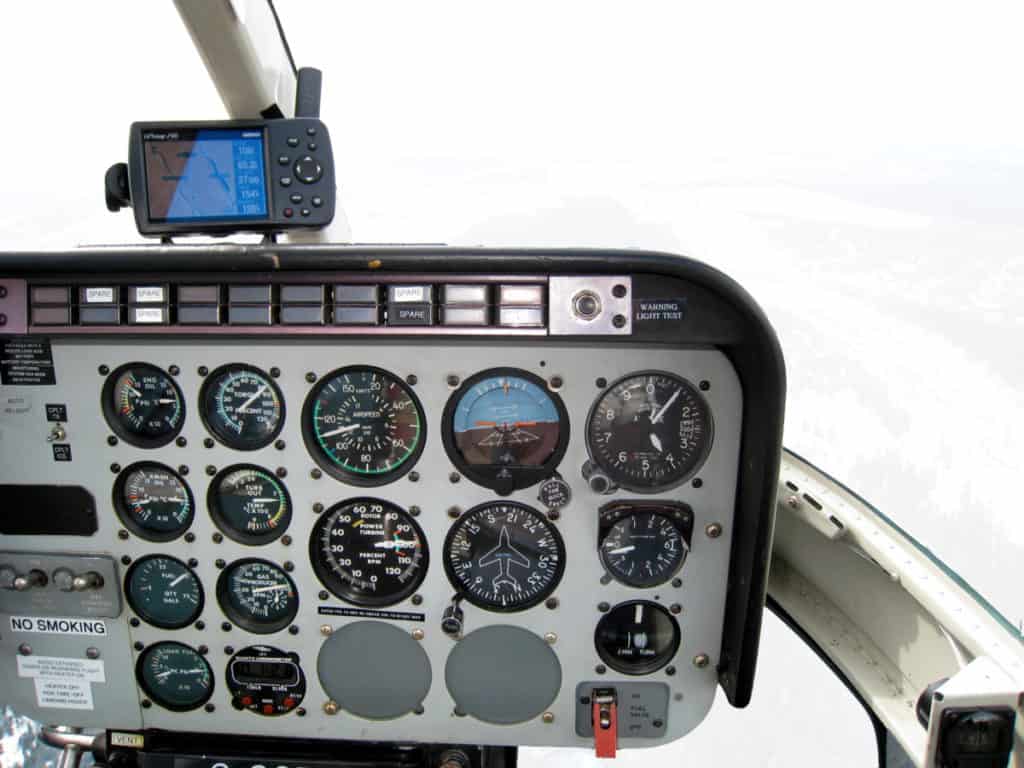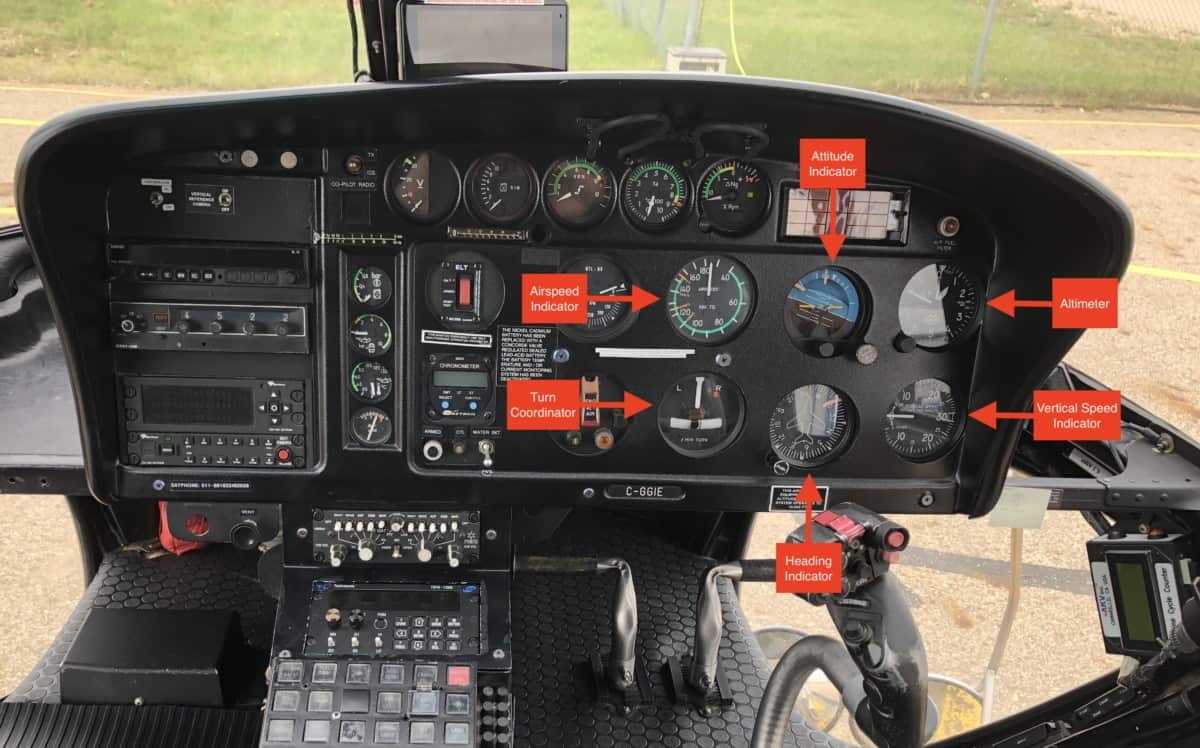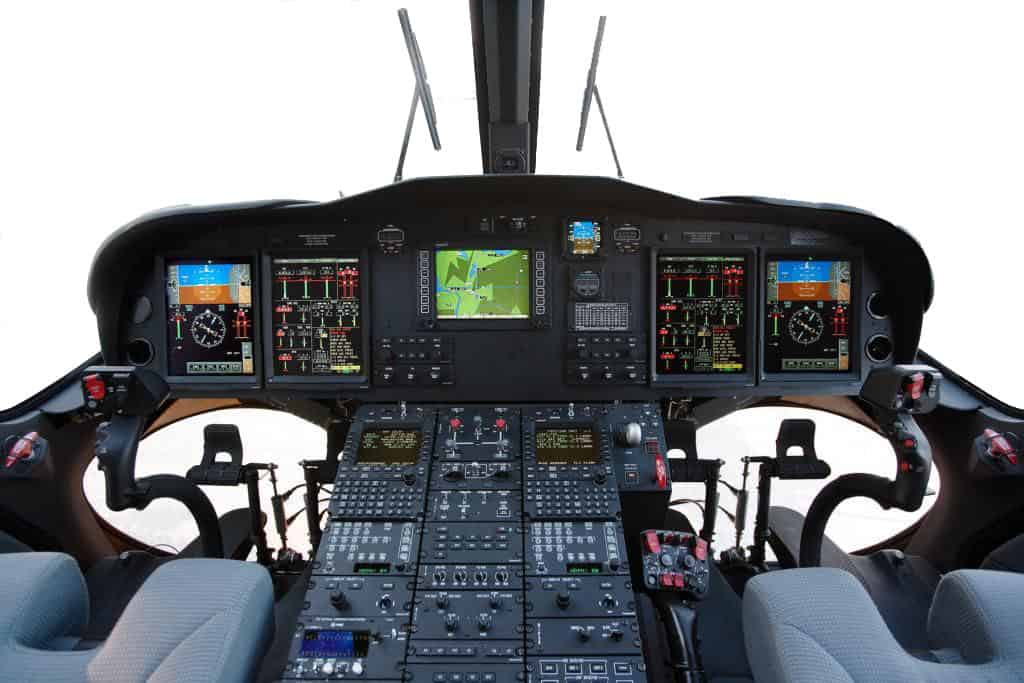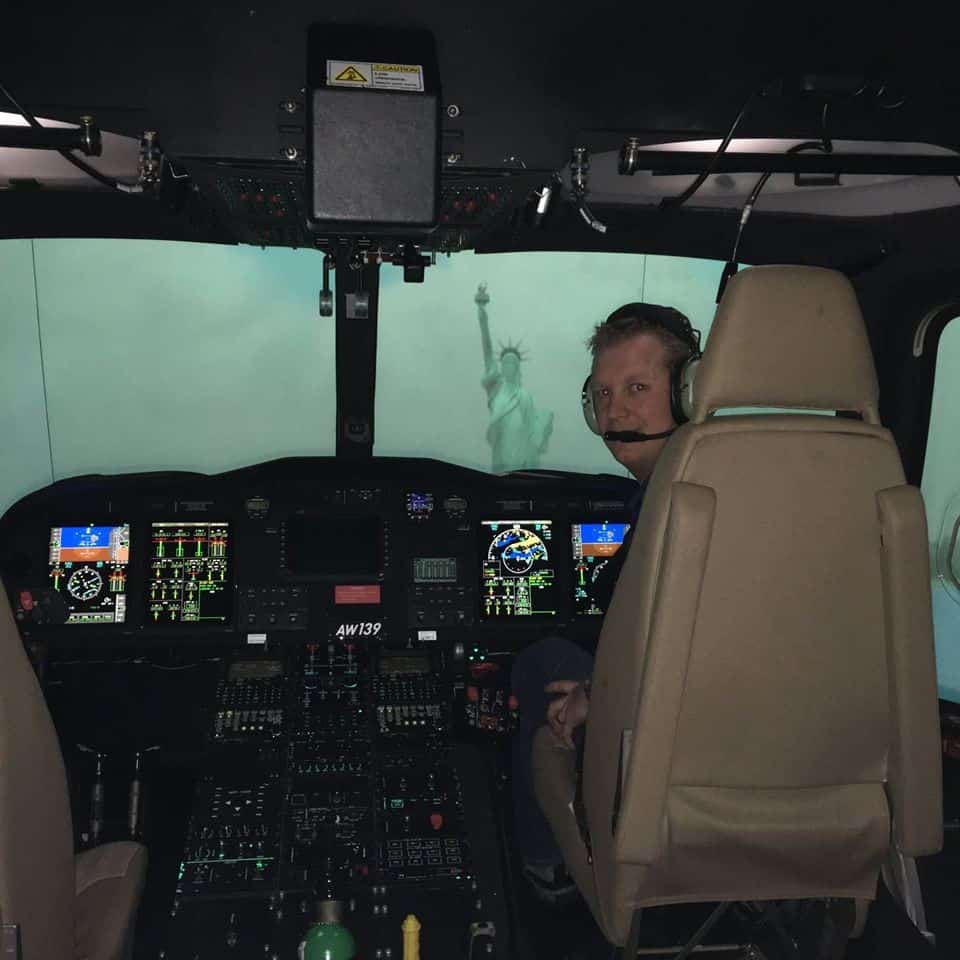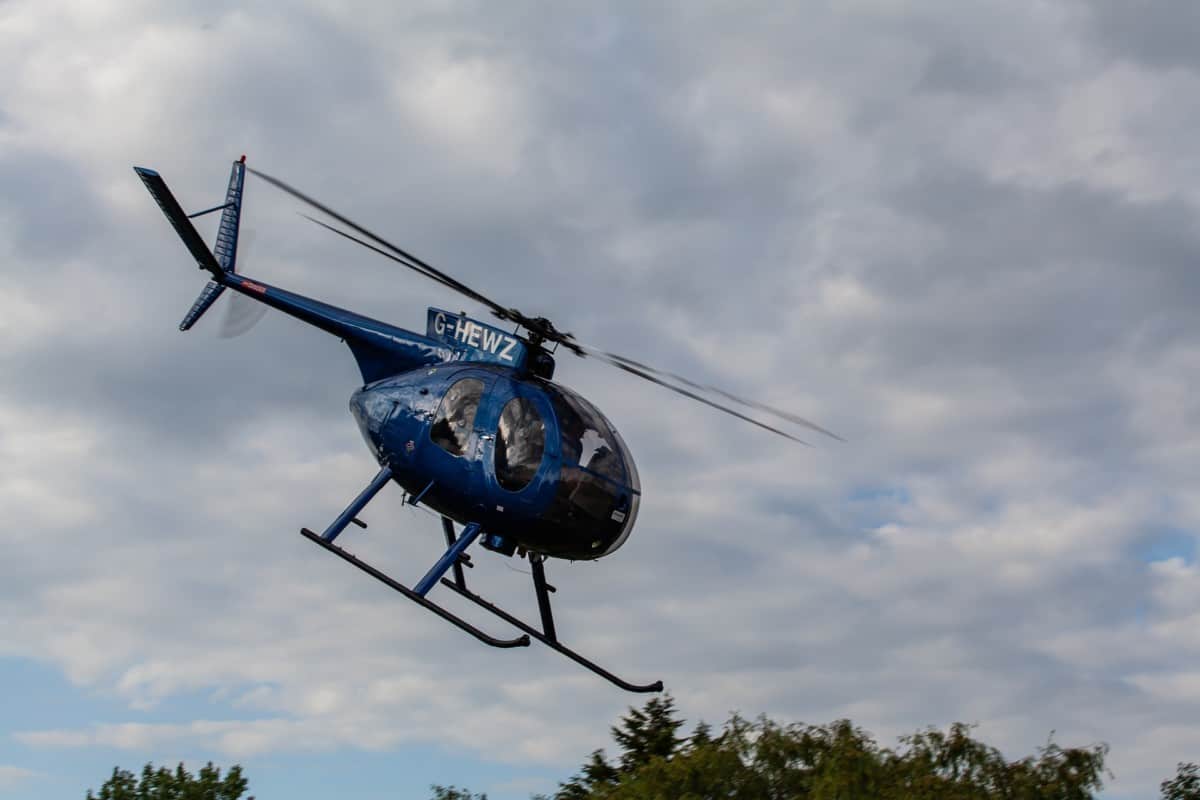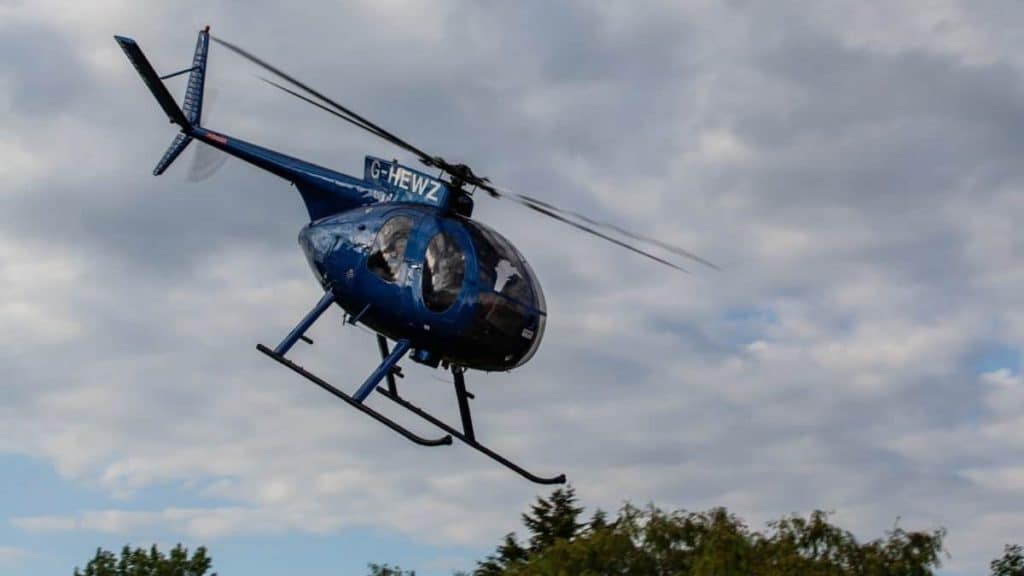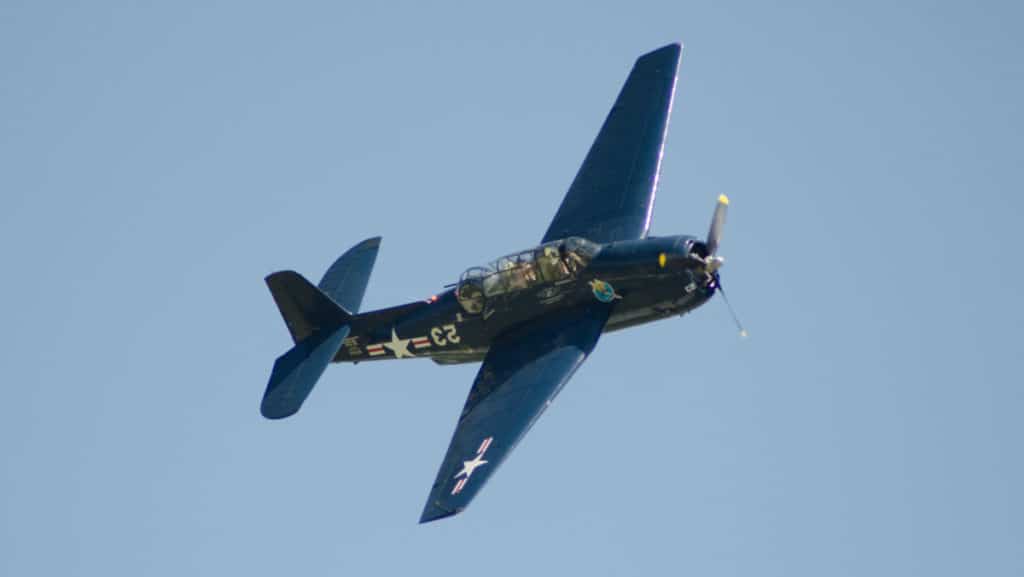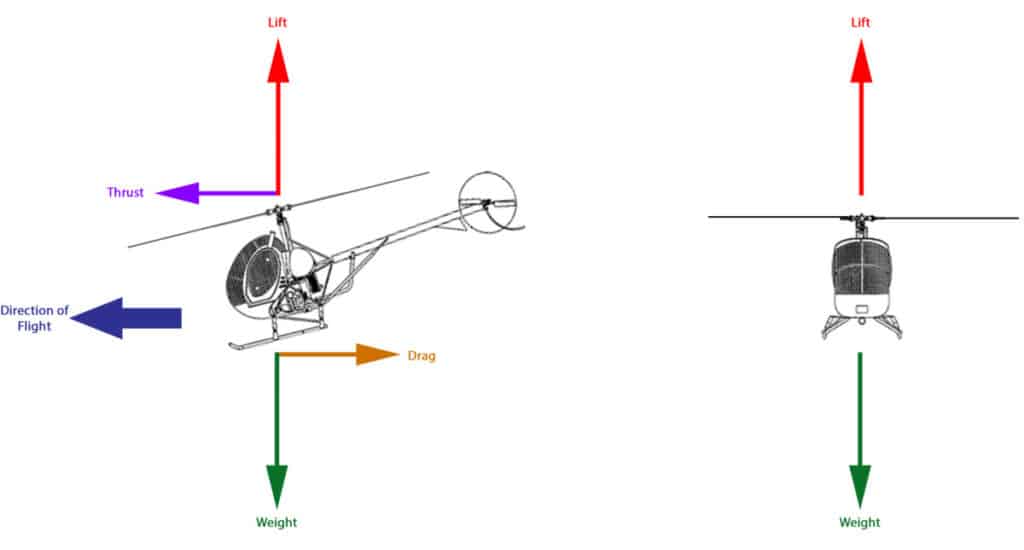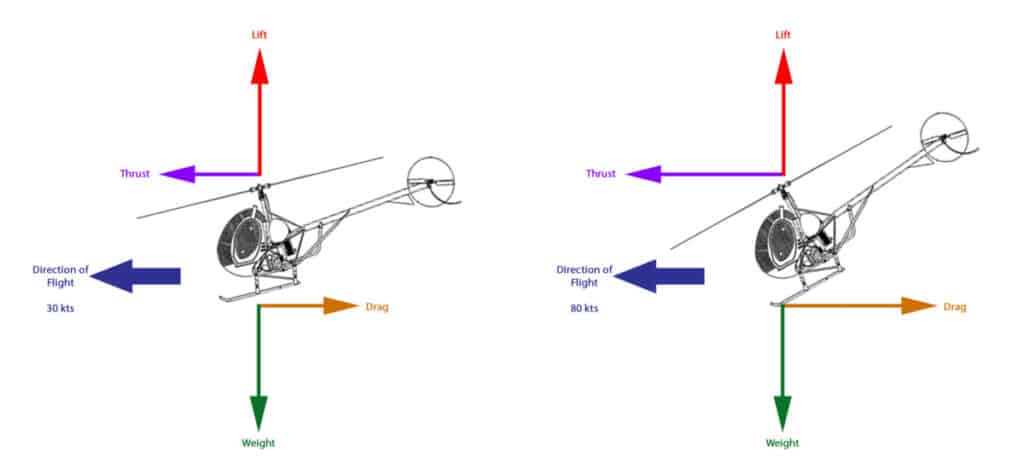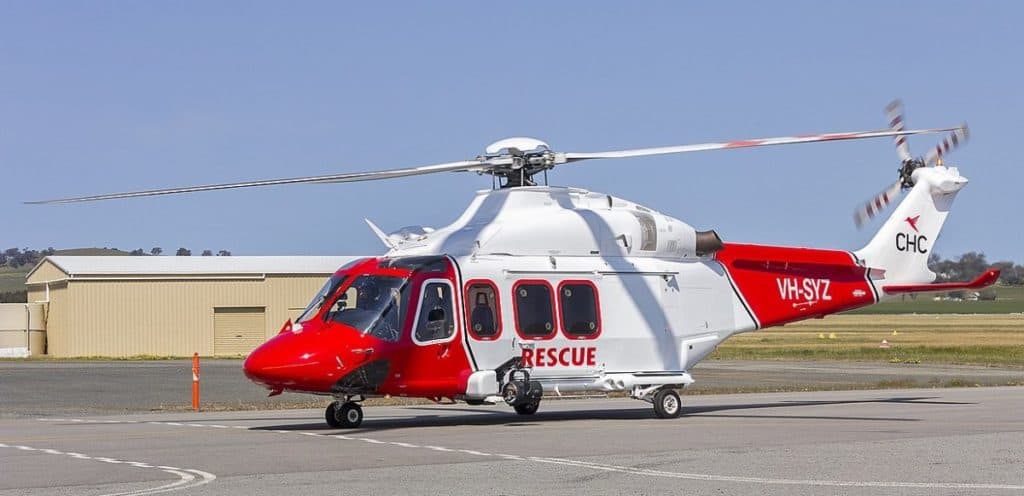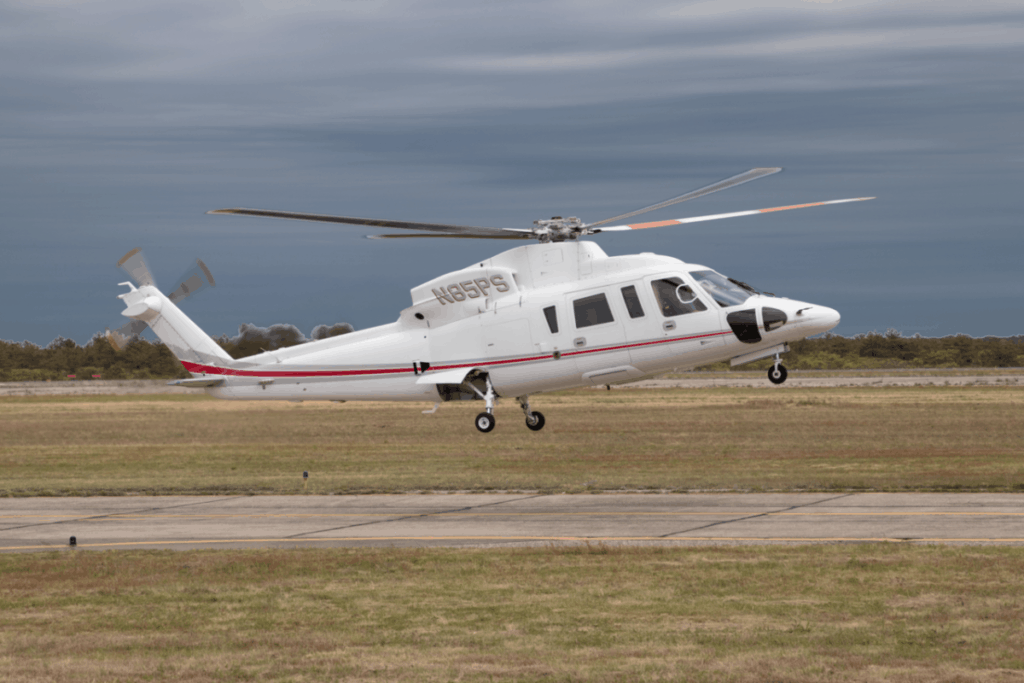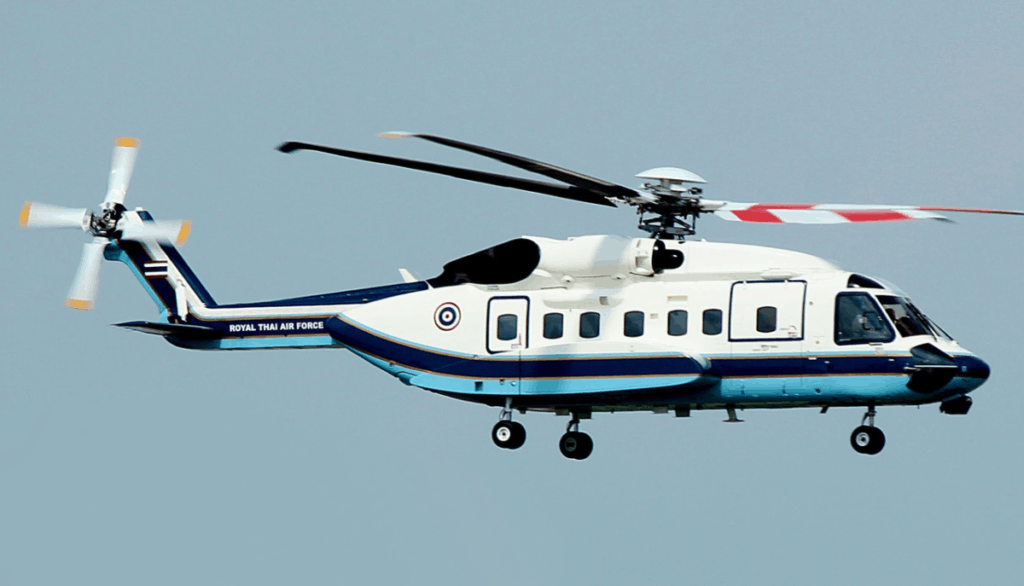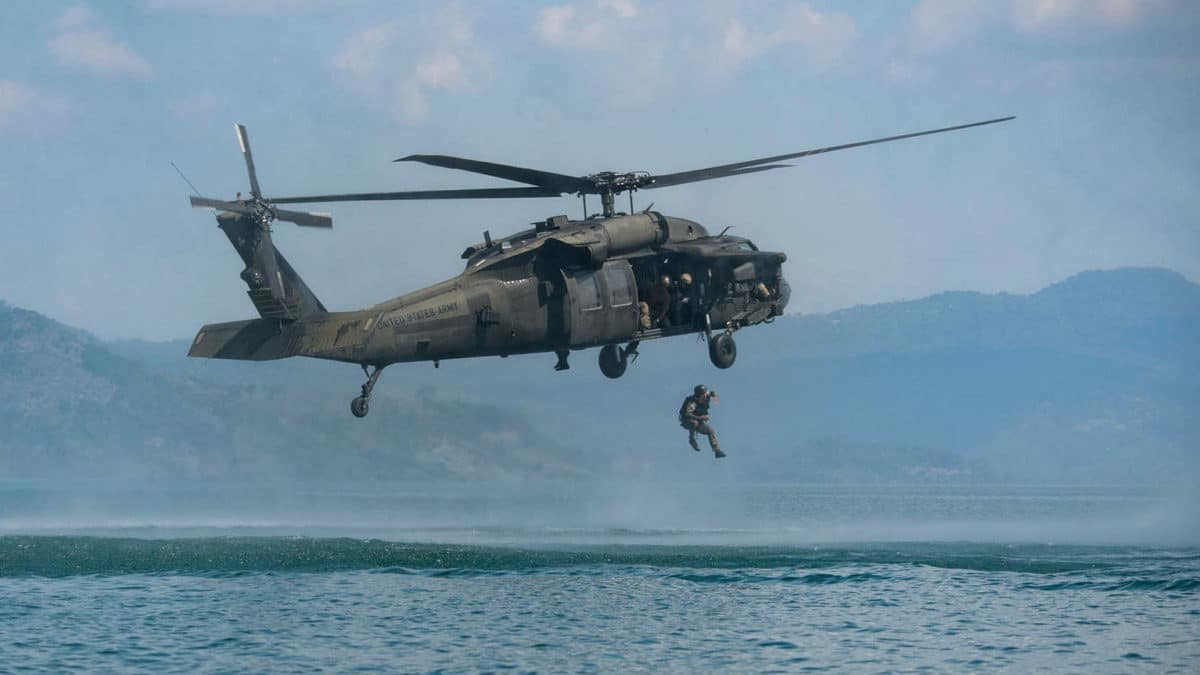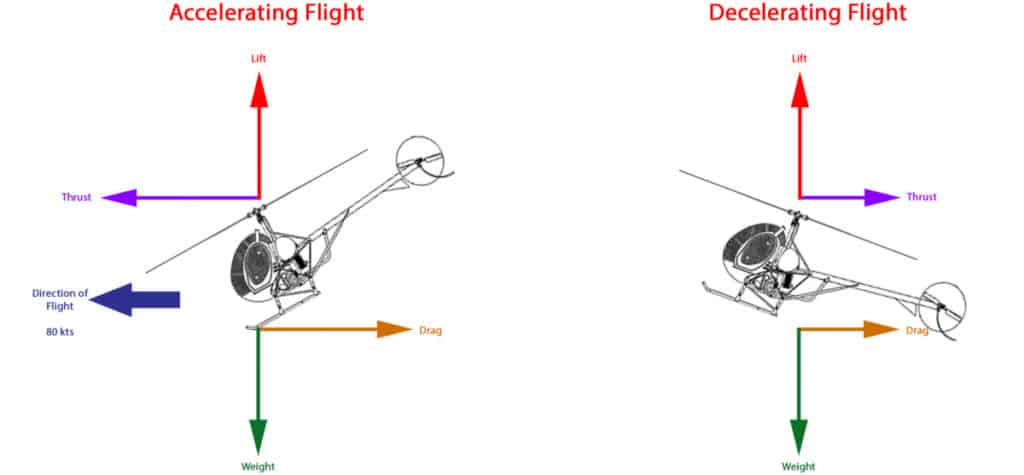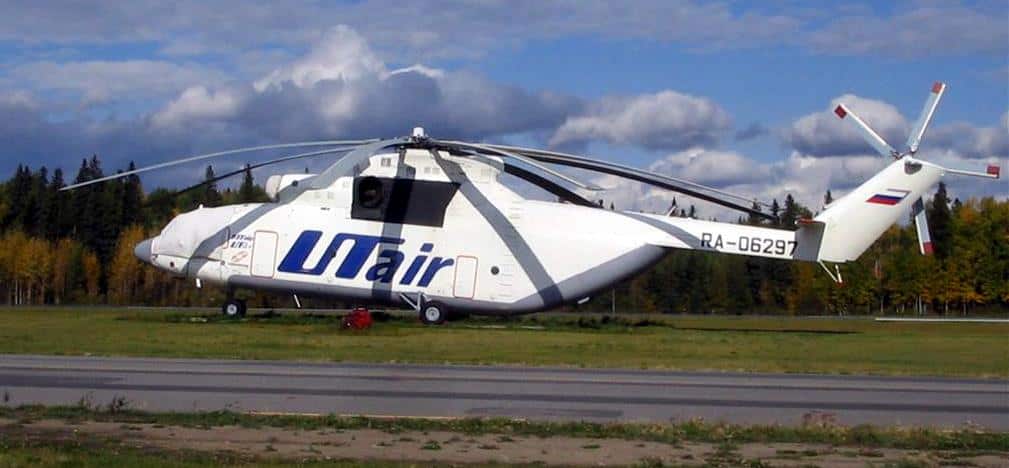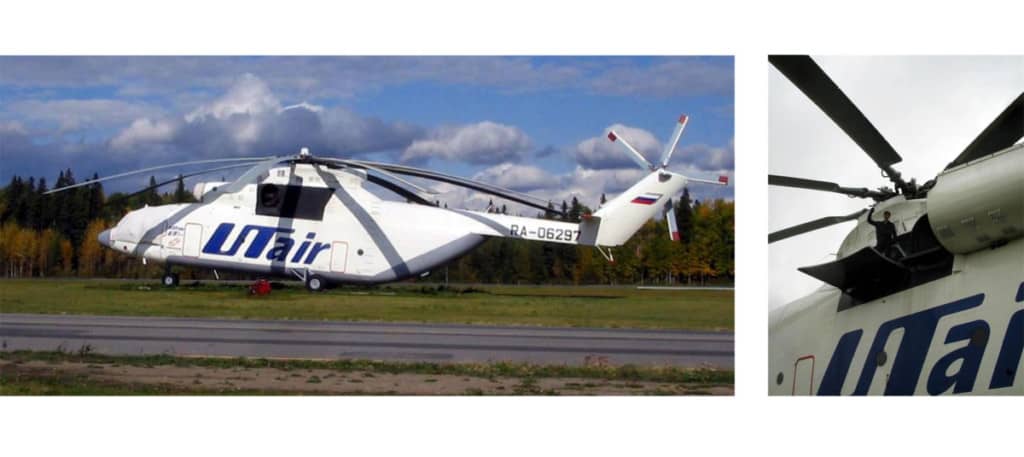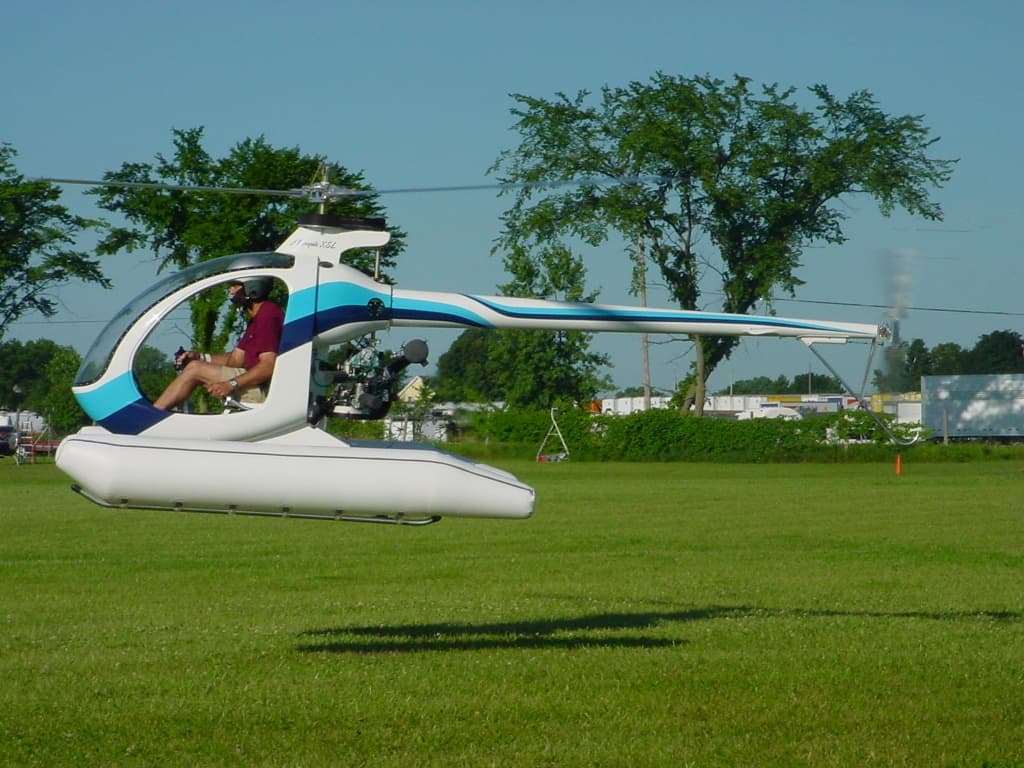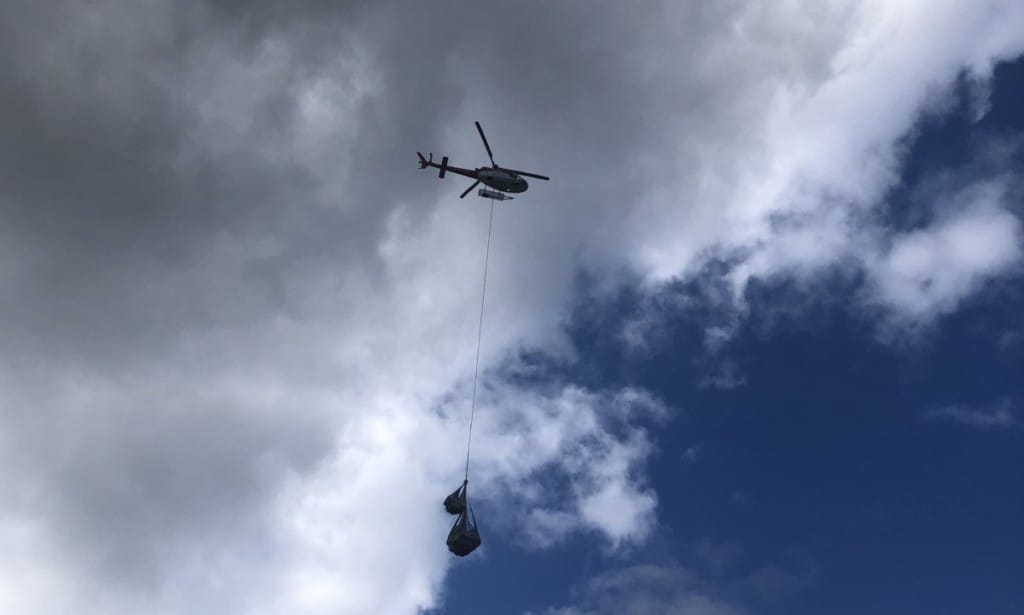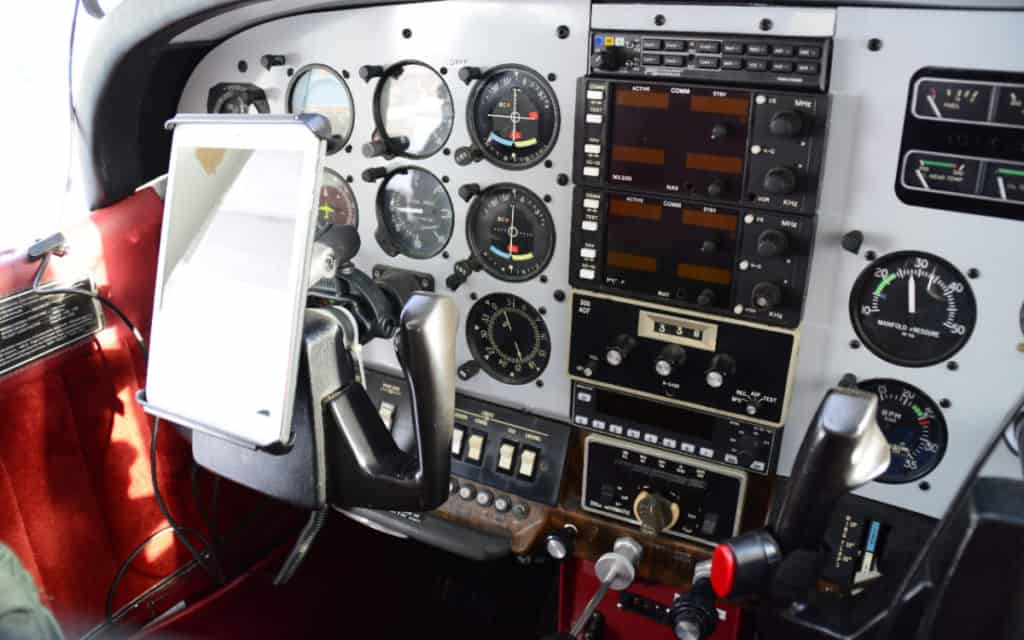
Many a time I have been walking onto a plane and seen an iPad stuck to the pilot’s side window or mounted just to the side of the main instrument panel, but what do they use them for? Surely they don’t watch movies when in cruise flight!
iPads allow the pilot’s paperwork, aeronautical charts, and company memo’s to be stored digitally, thus saving the space needed to be carried in the cockpit. Additional apps for weight & balance, weather, flight planning, scheduling, and navigation make the iPad a very compact and powerful tool.
Over the last 10 years, the addition of apps for the iPad has created an incredibly handy tool for any pilot to have in their cockpit. As they have proven to be very reliable companies can apply to have electronic flight bags instead of carrying around a huge case of charts, paperwork, manuals, and the like.
What iPad Apps Do Pilots Use?
At the company I fly for we have just been approved for the use of the iPad for storing and distributing our company memos, manuals, policies, and charts on an iPad and it is fantastic. iPads are a great tool to have in the cockpit as it allows a pilot to have everything at their fingertips, even away from the aircraft.
Most pilots will have the following apps on their iPads:
- A PDF reader for accessing the company documentation
- A calendar to be able to see their scheduled flights & customer information, if required
- Weather apps for forecast and actual aviation weather conditions
- Aircraft weight & balance calculation tools
- Flight planning tools
- NOTAM’s – Notices To Airmen. Allow pilots to check for any out-of-service navigation aids, airport runway/taxiway closures, airspace restrictions, etc
- Tracking flight duty – pilots can only work for so many hours and days at a time before needing mandatory rest
- Navigation charts, manuals, and procedures
- GPS navigation software
- Traffic & terrain avoidance software
This list is just the tip of the iceberg as you can imagine how many apps there are and every pilot likes to set up their iPad differently but the main thing to note here is that the iPad allows for a huge amount of tools and paperwork to be contained in something the size of a book instead of trying to find room for a huge briefcase full of stuff!

I was a little skeptical about having an iPad in the cockpit, especially in a small aircraft cockpit but having used the most popular size, the iPad mini for several years I can tell you that they are a fantastic addition to a pilots toolkit and they really do help make the planning and navigation of the flight so much easier. However, they do come with a few drawbacks!
Do Pilots Have Any Problems Using iPads?
For pilots using iPads in the cockpit of a commercial or corporate jet, there really are not many issues, however, for the pilots like myself who fly in the utility sector and are flying in remote areas, in all weathers, there are a few things that I have found over the years that have made me curse the iPad:
Software Not Working
We have all gone to use an app and you press on its icon and it starts to update. This is a pain when you are away from an internet source as the update process begins and then stalls because it has no connection. This is always when you seem to want to use that software too!
At the start of each day, I always open my iPad and update any apps before I go flying to prevent this!
Too Hot/Cold
Tablets sitting inside a parked aircraft in the middle of summer with the sun shining on them soon overheat and shut themselves down. Not good if you then want to go flying and need the information that is stored on the iPad. The same goes for when it’s really cold.
When I am out flying at -30°F I have to remove the iPad and insert it inside my clothes to keep it warm enough while I’m parked or it will also shut down. I don’t have this problem when using paper charts!
Flat Battery
A flat battery on an iPad makes it as much use as a chocolate teapot! I swear when you plug it in to charge in the hanger it’s ready in 2 minutes, yet you plug it into the aircraft and it seems to take 20! Always ensure your iPad has some charge in it before plugging it into your aircraft.
This is why it is also sensible to have paper charts available in the cockpit that are also folded to your area of flight!

Join My Newsletter & Get Great Tips, Information and Experiences To Help You Become a Superb Pilot!
How Do Pilots Secure An iPad?
Using an iPad is great but it also needs to function easily to prevent distraction while flying. To achieve this the iPad needs to be securely mounted in a location that does not block the view of outside or instrumentation, is easy to reach, and does not get affected by sun glare.
There are many ways to mount an iPad in an aircraft and finding the right option for your aircraft is easy using one of the following methods:
Suction Cup
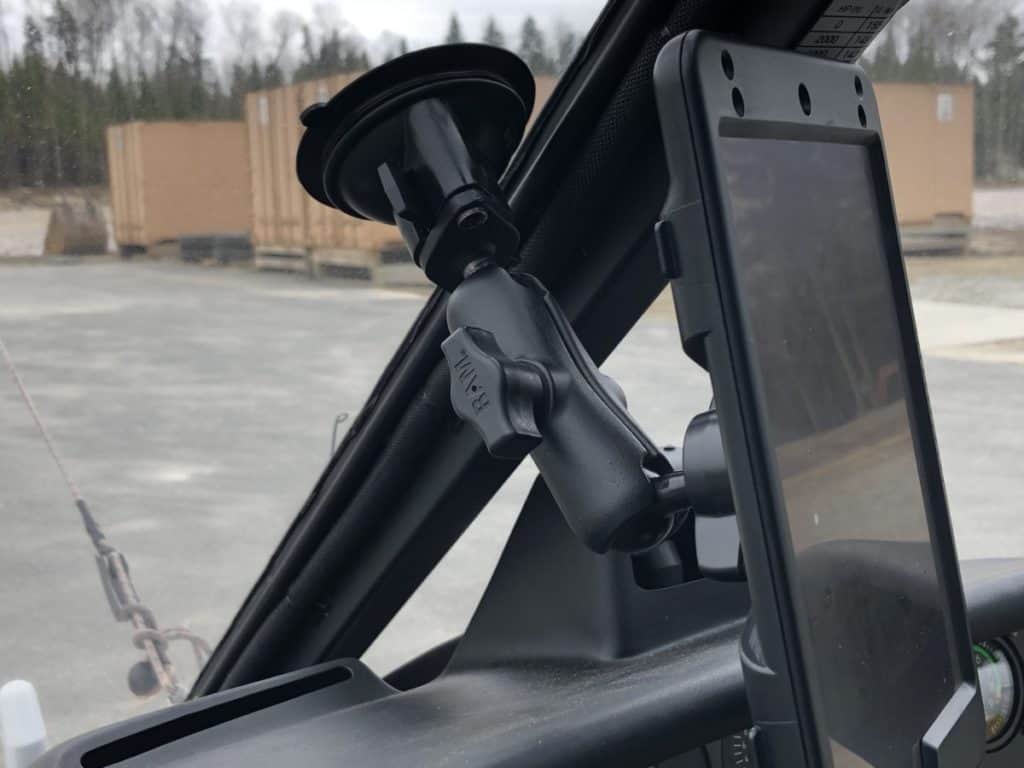
By far one of the most popular and easy-to-install methods. A suction cup mount allows the iPad to be secured to a window or smooth, flat surface. This can be temporary or installed in the same spot every flight. Just be sure to lick your finger and wipe the suction ring with saliva to help it stick.
Be aware of where an iPad can fall to when using a suction cup as I have had them pop off the window, especially when flying at cold ambient temperatures!
Clamp Mount

Clamp mounts allow an iPad to clamp to a tubular frame on the aircraft or the Yoke. This allows for a simple connection that puts the iPad in a convenient location.
Just be careful if you have the iPad installed on the yoke as it can require your head to be bowed down to read the information, rather than just glancing if it were mounted higher. Rapid head movements during IFR flight can cause sensory illusions.
Ball Mount
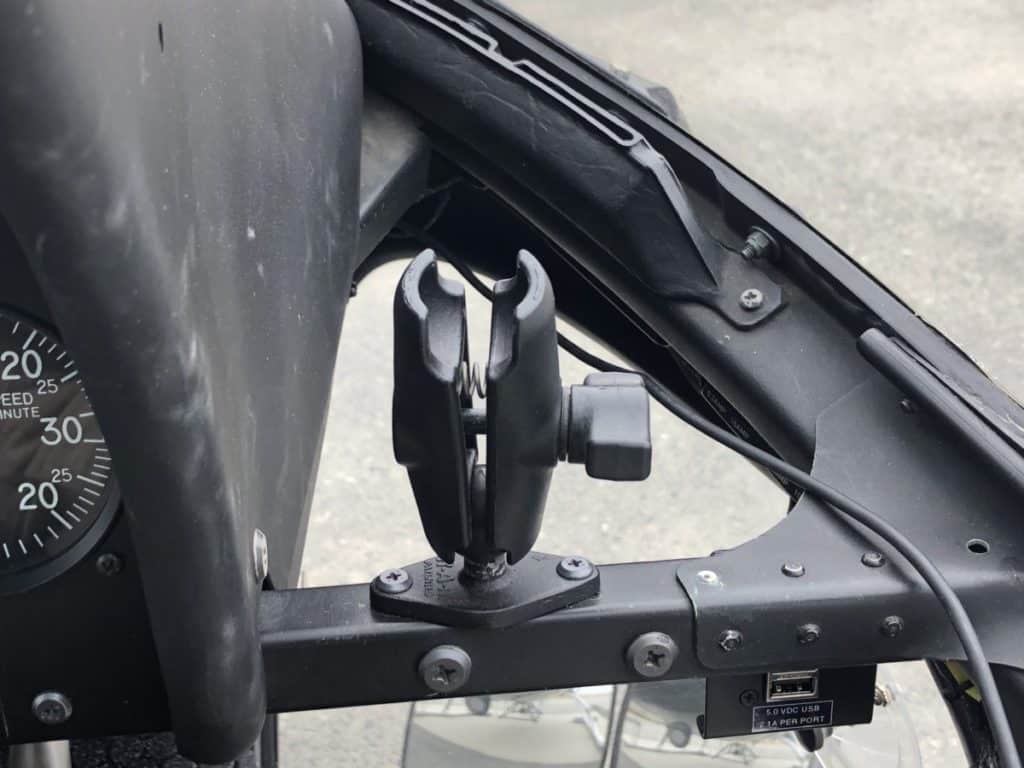
Using the Ram Mount system is a great way to permanently install a mounting location in an aircraft for the iPad. Our helicopter fleet has a ball mount installed in every aircraft with an extending bracket.
This allows me to attach the iPad, adjust, then tighten in seconds. A great option if you have a location to permanently secure it in your aircraft.
Kneeboard
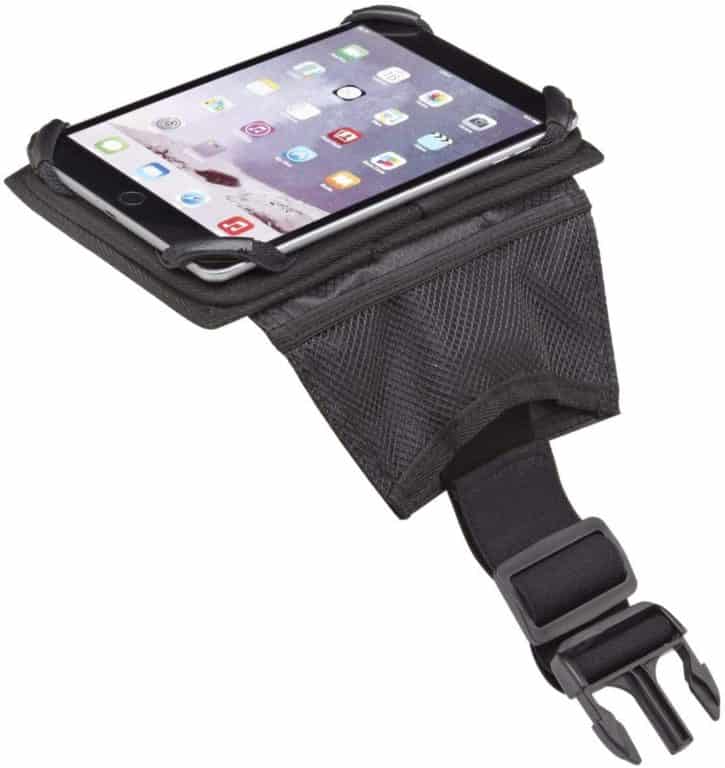
When space in the cockpit is at a premium or you have no location to install an iPad mount then a kneeboard secured to your thigh is a great place to secure your iPad.
I have used this method when a previous employer was testing out the iPads in the cockpit and it worked great. For helicopter pilots, we had to wear it on our left thigh as our right arm would cover it when holding the cyclic and you really had to have your head down a lot when using it, which I didn’t particularly like, but its works.
iPad Setup for Pilots – My Recommendations
The iPad is a great tool for any pilot (once they have finished training ;)) but that tool needs to be used correctly for it to perform at its best. To do that there are a few things I wish to recommend from my experience using one in the cockpit that will allow you to get the maximum benefit for the money you spend:
iPad Mini
For the cockpit, my size recommendation is the iPad Mini. It’s small enough to fit neatly into most cockpits but large enough to provide a good screen area to see all the data. I have tried to use a full-size iPad and it’s just way too big and cumbersome. The mini is a perfect size and the one used by most pilots.
You can find the iPad Mini Here at Amazon.com
Case
For the past 6 months, our company has been using a case and mounting system from PIVOT. The system includes a hard plastic case that encapsulates the iPad and then has a hard rubber cover that doubles as the stand when the iPad is out of the cockpit.
When it’s time to place the iPad in the cockpit, the cover is removed and the mounting bracket clicks into the same mounting location the cover just came from. It’s a great system, affordable, and has kept our fleet iPads in great condition. Moving from one aircraft to another is also a breeze. I highly recommend them!
You can find out more information on the complete PIVOT lineup at FlyBoys.com
Get 10% off your purchase by using the coupon code PilotTeacher at checkout!
Screen Protector/Glare Cover
When moving your iPad from the hanger to the aircraft and mounting and removing it’s important to help protect your investment. In our company, we do this with the aid of a simple screen protector which also doubles as an Anti-glare shield.
In certain light conditions, the sun can prevent you from seeing the information on the screen which makes this tool useless. This simple screen protector is a very cheap way to help protect your iPad from not only your heavy hands but the bright sun.
You can find the Tech Armor Screen Protectors I Recommend Here at Amazon.com
Ram Mounts
Being able to safely and easily mount your iPad is paramount in your cockpit. By far the best way to do this is by using the dozens of mounting options from Ram Mounts. I have used the Ram Mounts for years and in my opinion, they are one of the best-made, easy-to-use systems for mounting any device, not just in a cockpit.
With their products coming in individual components you can easily build a mounting system for very little cost to suit your aircraft perfectly.
You can find the Ram Mounts range Here at Amazon.com
To Finish
The use of an iPad in the cockpit is to help the pilot improve on efficiency, situational awareness, paperwork and helps to reduce the space required to carry all the paper versions of the documentation needed for each flight. By using this tool it can greatly reduce the pilot workload and stress which helps to improve flight safety.
Like any tool, it has its limitations and needs to be used correctly for it to maintain its place in the cockpit. Having flown with one for many, many years they are a great asset to any pilot.
Further Reading
If you found this article helpful, you may also the like the following:




